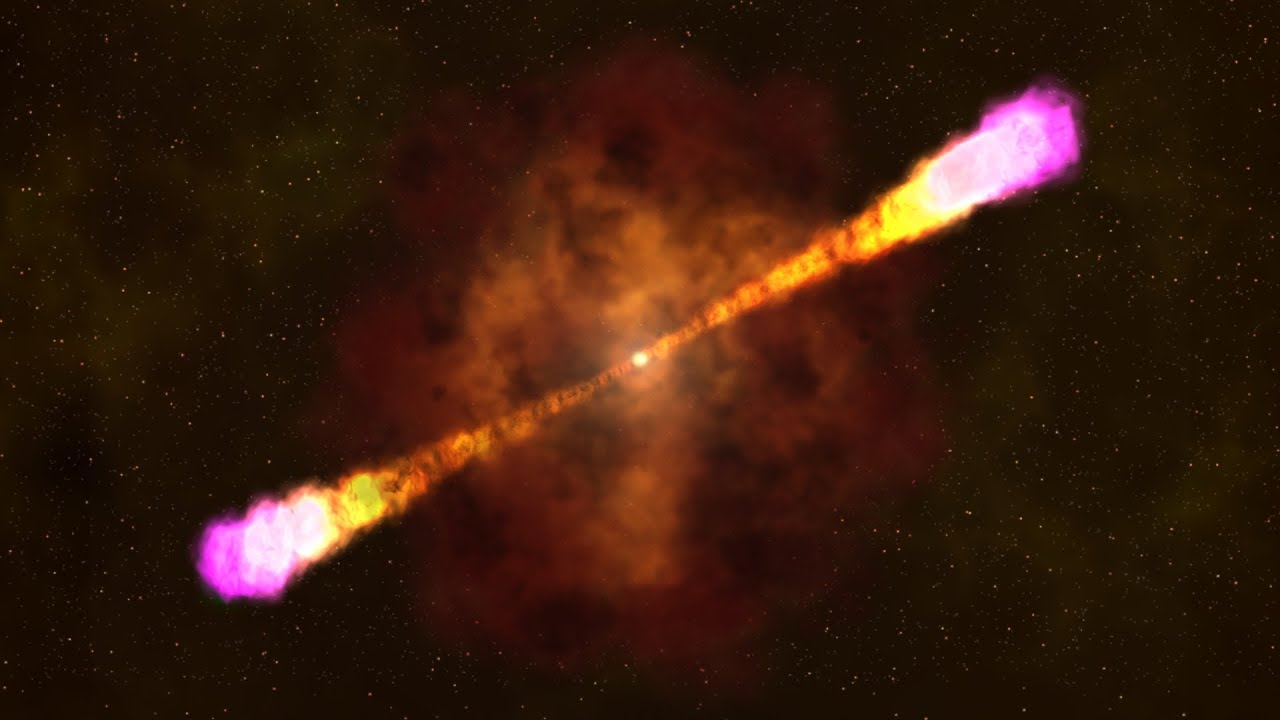GRBs for Cosmological Distances
Research Initiative - CAPIBARA Project
Gamma-ray Bursts (GRBs) are the most energetic events since the Big Bang, in just a few seconds they free as much energy as a Sun-like star in its entire lifetime. Thus, this stellar explosions are observed at great cosmological distances (z~8-9). GRBs are separated in two main categories in function of the lifetime: short GRBs last for less than 2 seconds and are though to be generated by the merger of compact objects like neutron stars or black-holes (NS-NS or BH-NS mergers), while long GRBs are originated in collapsars (i.e. with a massive star with 20-30 times the mass of the Sun collapses into a black hole) and commonly associated with core-collapse SNe.
What is cosmology?Cosmology is the study of the cosmos, its origin, evolution, fate, and composition. It explores dark energy, the distribution of matter in large-scale structures, and the expansion of the universe. Observational data includes standard candles (Cepheids, TRGB, Ia SNe), BAO, and CMB measurements. Cosmology aims to observe the universe to create models and understand our place in it.
The Hubble Tension is a pressing question in cosmology. It’s an ~8σ tension between measurements of the Hubble-Lemaître constant by the local distance ladder and early universe observations (CMB and BAO). The Hubble-Lemaître constant is the expansion rate of the universe and is crucial for understanding its evolution. Models are created to better comprehend the cosmos and are compared to observations to find the most realistic one. The currently most accepted model is the Lambda-CDM model, with cold dark matter and a constant dark energy density. However, DESI BAO observations have favoured the w0waCDM model, suggesting dark energy’s evolution over time. Various theories explain the Hubble Tension and other universe behaviours, and the goal is to find the most suitable theory.

As mentioned before, GRBs are observable at very large distances. Our goal is to leverage the use of GRBs as ‘cosmic beacons’ that help us measure cosmological distances at very high redshift in order to constrain theoretical parameters for dark energy and work out its nature. We hope that extending the distance ladder from SNIa to QSOs (up to z~6) and GRBs (up to z~8) will help solve the pressing Hubble Tension and enlighten the way to discover dark energy.
In this CAPIBARA (CAPIPH) research initiative we will use our satellite’s high-energy transient monitoring capabilities combined with the observations of other telescopes, both in the high-energy regime (gamma- and X-ray) as well as VHE, infrared and optical data to enhance our understanding of GRB as standard candles and reduce the uncertainty margins. We also want to test existing and future theoretical frameworks, not only CDM models but also string cosmology and quantum gravity loop theories which may be tested, although not to all extended, at high-z cosmological scales.
Correspoding authors: Joan Alcaide-Núñez